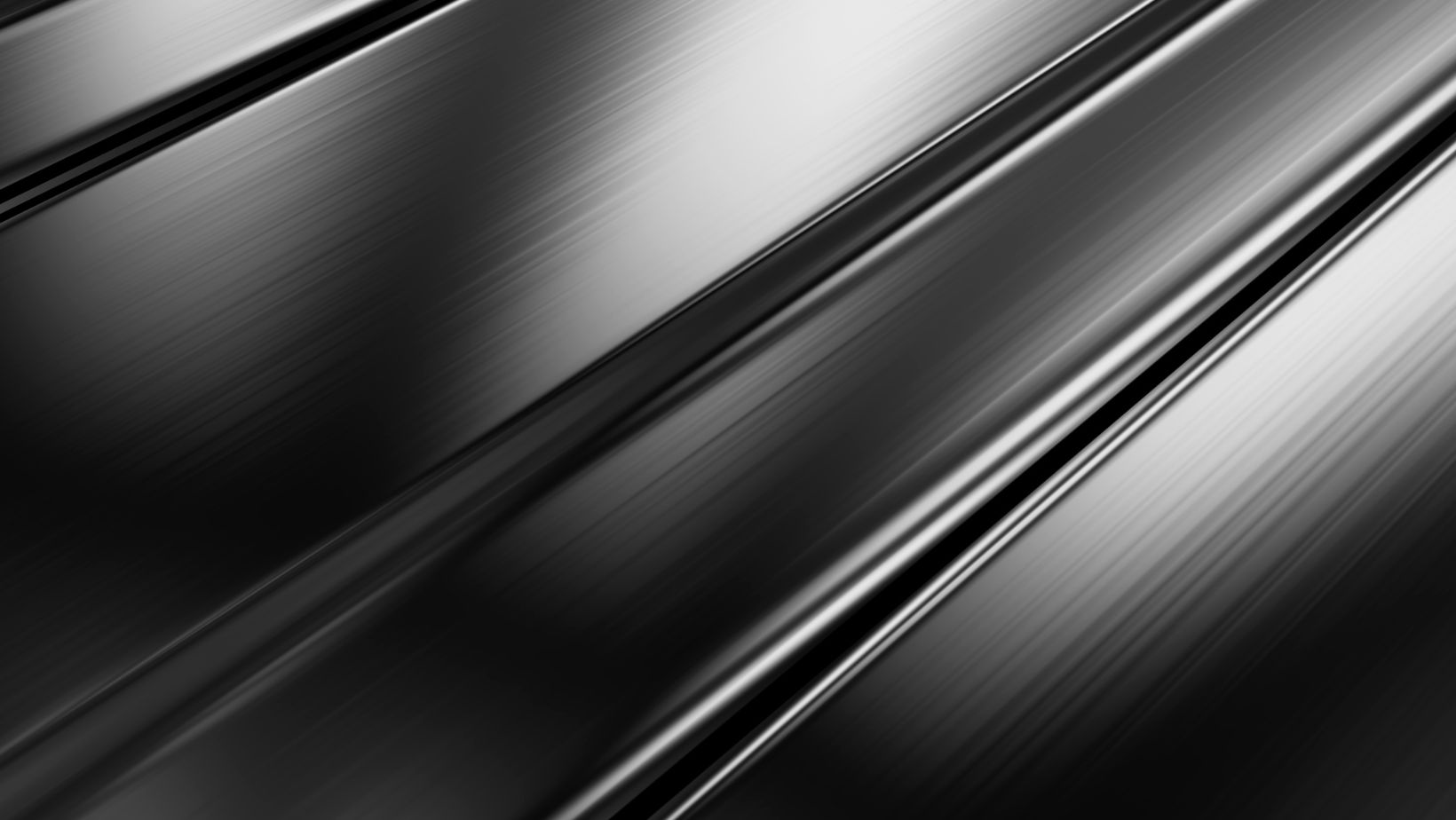
Finding the perfect golf drivers can be difficult. There are many materials to choose from, but it’s important to know the differences between steel and titanium driver heads. There are different options that cater to different playing styles and, thus, affect the distance, control, and overall feel. No matter the preference for power or precision, picking the right material can help elevate performance on the course.
The Evolution of Golf Drivers
Modern equipment has been reformed by technological advancements that include driver heads for the modern age going from persimmon wood to high tech alloys. However, steel has always been a staple and titanium emerged as a game changer, providing advantages with weight distribution and forgiveness. To decide between the two requires an assessment of one’s individual needs, swing characteristics and playing preferences.
Steel Driver Heads: Strength and Control
Durability and Affordability
Steel driver heads are known for being resilient. Repeated impact does not compromise the structural integrity of these clubs. Furthermore, they are affordable for a wide group of players, beginners, or players looking for a cheap upgrade.
Compact Design for Precision
Smaller clubheads means you have greater control. Because of their compact design, players that prefer accuracy over powerful distance often gravitate towards using a steel driver.
Steel drivers have better control, but less forgiveness on off center hits. While reduced ball speed and therefore reduced total distance are common from mishits with steel clubs, there are still some options to explore. These clubs might not be as forgiving as titanium clubs.
Titanium Driver Heads: Power and Forgiveness
Titanium’s density makes for clubheads of greater size with little increase in weight. The sweet spot is larger, and mitigates the effect of mishits. Thus, golfers acquire greater consistency and better distance.
Enhanced Ball Speed and Launch Angle
Better energy transfer translates to higher ball speeds from the elasticity of titanium. This material improves launch conditions allowing for optimization of the trajectory. This attribute is especially beneficial for players with moderate swing speeds.
Premium Pricing and Sound Considerations
The problem is that titanium is expensive. These drivers are a big investment due to their higher production costs which are contributed by advanced engineering. Some golfers also dislike the sound at impact.
Which Material Suits Your Playing Style?
Beginners and Budget-Conscious Players
Those who put a premium on control and budget should still choose steel. The precision steel offers benefits to learners developing their technique. It is also very affordable, so golfers should experiment with clubs before buying expensive ones.
Distance Seekers and Forgiveness Enthusiasts
If minimizing mishits and increasing distance are the top priorities, titanium may be your better option. The higher cost, however, is worth it to achieve better performance.
Making the Right Decision
Knowing what strengths and weaknesses you have will help you select the best driver material. The choice is between the control of steel or the power of titanium and that choice is based on personal goals and on course needs.














